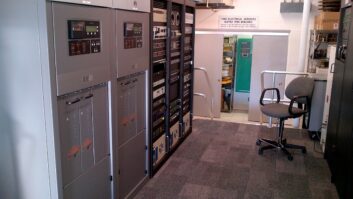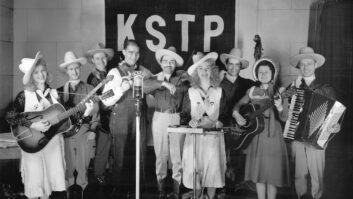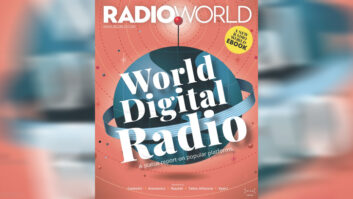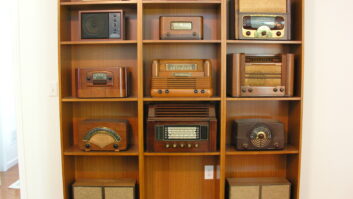Pierre Bouvard has identified eight misconceptions that people — specifically, the advertising community — have about broadcast radio in the United States.
He’s chief insights officer of Cumulus Media and the Westwood One Audio Active Group; he’s paid to help radio put its best face forward, and he blogs often about key data points that he hopes advertisers will absorb about the medium.
“Ad community perceptions of media audiences are often completely opposite reality,” he writes, blaming the conventional narrative that new media kill old media.
“We’ve collected frequently heard media agency and marketer myths along with studies from Advertiser Perceptions, the gold standard of advertiser/agency sentiment. Using data from research leaders Nielsen, Maru and Edison Research, we disprove eight of the biggest misperceptions brands hold about AM/FM radio,” he wrote.
Here is a summary of the eight misperceptions; the blog post includes details and charts to support his conclusions.
Misperception #1: “No one listens to AM/FM radio.” — Advertiser Perceptions last month asked 303 media agencies and advertisers, “What percentage of Americans are reached by AM/FM radio in a typical week?” The response was 46%. However, Bouvard says, “The Nielsen reality of 82% is nearly double the perception.”
Misperception #2: “Most are still working at home and commuting is still way off, impacting AM/FM radio listening.” But he said Nielsen and Maru found that 85% of pre-COVID commuters are now working outside of the home, and Edison Research’s latest “Share of Ear” study shows AM/FM radio’s share of time spent in the car has recovered to pre-pandemic norms.
Misperception #3: “Audience shares to Pandora/Spotify are larger than AM/FM radio.” Advertiser Perceptions asked media agencies and marketers for the perceived audience shares of Spotify, Pandora and AM/FM radio. The perceived audience shares of Pandora/Spotify (43%) are much greater than AM/FM radio (27%). “The reality? Edison’s ‘Share of Ear’ reveals the audience share of AM/FM radio is 17 times larger than ad-supported Spotify and 14 times larger than ad-supported Pandora.”
Misperception #4: “In the world of the connected car, the number one thing people do in their car is stream online radio on their smartphones.” Bouvard says nope: “In the car, AM/FM radio is the ‘queen of the road’ with a stunning 86% share of ad-supported audio, according to Edison’s ‘Share of Ear.’”
Misperception #5: “Today’s optimal media plan: Put all of your money into connected TV, TV and digital.” Bouvard provides data indicating that when a marketer takes a media plan that is based on connected TV, digital and linear TV and shifts just a small part of it to AM/FM radio, it can generate an impressive increase in reach for the same investment.
Misperception #6: “The optimal audio buy is Spotify, Pandora and podcasts.” But “Share of Ear” indicates that the combined ad-supported daily reach of Spotify, podcasts and Pandora is 31% while AM/FM radio has a daily reach of 63%.
Misperception #7: “[T]here’s a total lack of ROI and sales lift and outcomes evidence for AM/FM radio.” Bouvard cites a “massive” new study on marketing effectiveness showing that audio is number two in short-term return on investment and number three in long-term ROI, and he points to separate research that on average, AM/FM radio generated 14% lift in site traffic across 17 campaigns.
Misperception #8: “AM/FM radio cannot be measured.” Bouvard retorts that anything that can be measured in TV and digital can be measured in audio, and he provided a link to measurement solutions that can quantify the impact of audio campaigns.
Bouvard added a bonus misperception: that no one under 35 listens to AM/FM radio anymore. “The reality? Nielsen reveals 18–34 is one of AM/FM radio’s largest listening demographics” and that more than 55 million people in that demo listen weekly.







